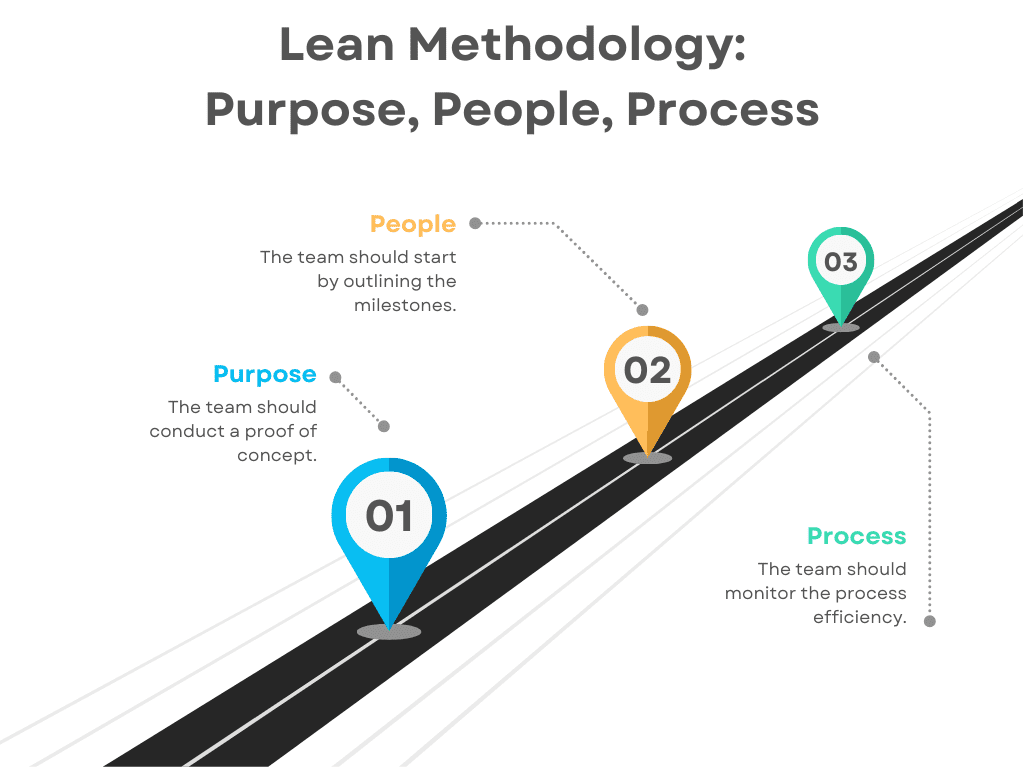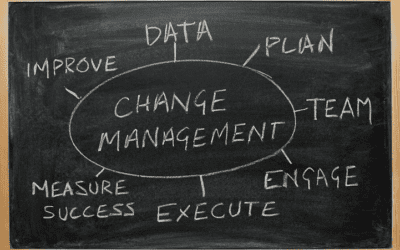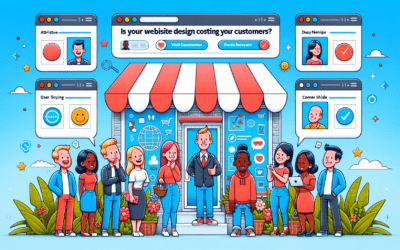Discover How Business Leaders Create & Unlock Value with the 3 P’s
By understanding and prioritizing the key elements from each of these frameworks, companies can enhance their operations, improve performance, and achieve long-term growth. This blog post aims to explore the significance of each set of 3 P’s and how they contribute to the overall success and sustainability of a business.
In the dynamic landscape of business, success often hinges on the mastery of key elements – namely, the 3 P’s: People, Product, and Process. These pillars form the foundation upon which thriving organizations are built, guiding everything from strategy and innovation to execution and sustainability. However, different methodologies and frameworks offer alternative perspectives on these essential components, each emphasizing unique facets of business excellence.
Traditional Approach: People, Product, and Process
The traditional framework of the 3 P’s – People, Product, and Process – has long been revered as a blueprint for success in business. Let’s break down each element:
1. People: At the heart of any successful venture are the people driving it forward. From visionary leaders to dedicated employees, the human capital within an organization plays a pivotal role in shaping its culture, driving innovation, and delivering exceptional customer experiences. Investing in the development and well-being of your people fosters loyalty, productivity, and ultimately, business success.
2. Product: A superior product or service forms the cornerstone of a successful business. Whether it’s a groundbreaking innovation, a high-quality offering, or a unique value proposition, your product defines your brand and sets you apart from the competition. Continuously refining and innovating your product ensures that you stay relevant and meet the evolving needs of your customers.
3. Process: Efficient processes are the backbone of operational excellence. Streamlining workflows, optimizing resource allocation, and eliminating bottlenecks enhance productivity, reduce costs, and improve overall performance. By establishing clear processes and workflows, organizations can maximize efficiency, minimize errors, and deliver consistent results.
The Lean Methodology: Purpose, People, and Process

The Lean methodology introduces a nuanced perspective on the 3 P’s, emphasizing Purpose, People, and Process as the driving forces behind organizational success:
1. Purpose: Beyond mere profitability, defining a clear purpose gives meaning and direction to your organization and goal setting + measurement. A compelling purpose inspires passion, aligns teams, and guides decision-making, fostering a sense of unity and shared vision. By understanding the ‘why’ behind your business, you can cultivate a culture of purpose-driven innovation and continuous improvement.
2. People: In the Lean framework, people remain a central focus, recognizing their role as the primary drivers of value creation. Within a Lean framework people wear multiple hats and are typically generalists, occasionally they have specialist skills. Empowering employees, fostering a culture of collaboration, and promoting continuous learning are paramount to unlocking the full potential of your workforce.
3. Process: Lean principles advocate for the systematic identification and elimination of waste across all processes. By embracing continuous improvement and Kaizen principles, organizations can streamline operations, enhance quality, and deliver greater value to customers while minimizing costs and inefficiencies. Operations is critical to support your organization and clients.
Big Business Sustainability: People, Profit, and Planet

In the realm of sustainability, the 3 P’s take on a different dimension, highlighting the interconnectedness of economic prosperity, environmental stewardship, and social responsibility:
1. Profit: While profitability is essential for business viability, sustainable organizations recognize the importance of balancing financial success with ethical considerations. Maximizing profits while minimizing negative impacts on society and the environment is key to long-term sustainability.
2. Planet: The ‘planet’ refers to the environment and natural resources upon which businesses rely. Sustainable practices aim to minimize environmental degradation, conserve resources, and mitigate climate change, ensuring the health and resilience of our planet for future generations. Everyone makes a difference, however the largest companies are making pledges to go zero-emissions and Amazon recently accessed they are going to discontinue their plastic air pillows, even though they were recyclable.
3. People: Lastly, sustainable businesses prioritize the well-being of people, both within their organizations and in the broader community. This includes ensuring fair labor practices, promoting diversity and inclusion, and contributing to the social and economic development of society.
As a bonus we included VCP: Vision, Capital, People
1. Vision: Business leaders need to have goals (business, individual & for teams), as well as quarterly and yearly plans for the product, operations, sales and how to build growth engines.
2. Capital: Local businesses need to quickly achieve being cash flow positive or a business raises money with the goal of supporting their vision.
3. People: The greatest asset of any company is their people and business leaders. They store the knowledge and have the passion to achieve personal, as well as business goals. There are different reasons why certain companies have higher churn rates or negative reviews. Big business has proven they save more money by paying employees well, providing PTO, as well as equity within the business.
In conclusion, the 3 P’s + VCP can serve as guiding principles for navigating the complex terrain of business success, whether through the traditional lens of People, Product, and Process, the Lean framework’s emphasis on Purpose, People, and Process, or the sustainability paradigm of Profit, Plant, and People. By embracing these foundational elements and integrating them into strategic decision-making, organizations can foster innovation, drive growth, and create lasting value for all stakeholders.
ReIntent Can Help You & Your Team
ReIntent clients support their people and process by accessing prospect data, real-time lead generation and managed marketing services. We believe every business is unique, and deserves a proven blueprint that’s tailored around our clients resources. Contact us today if you would like an audit or free prospect list.







